Workshops with Pip Lewis
Pip Lewis is a practising artist with a wealth of workshop experience working with all abilities from beginners to established artists, sharing skills and techniques in an informal atmosphere, which bring out the best creative ideas.
Experiment with drawing and mark-making techniques using a variety of materials to unlock your creative potential. These fun and surprising workshops are suitable for all levels of ability and offer an opportunity to challenge habitual ways of drawing by expanding your repertoire through exploring a range of different materials and techniques.
All workshops are from 1- 4 pm at The Studios 50 St James Street, Narberth
Workshops £30 each - including materials
Workshop 1.
Saturday February 12
Experimental drawing techniques:
Experimental drawing techniques
Blind contour drawing
This is a classic drawing exercise, which helps you focus upon careful looking, without the worry of what your drawing looks like. It is also incredibly useful in helping you to match the speed of drawing with speed of looking – when these two actions are mismatched the result can be frustrating. More experienced artists can also revisit this exercise to remind them of these skills.
Equipment
A square of card (approx 6 inches by 6 inches), with a hole in the middle through which a pencil can slide; Paper, Drawing pen or pencil.
We will work with small objects with plenty of detail to capture your interest. For example: keys, feathers, shells with plenty of texture, plants/twigs, cutlery, and keys.
Continuous Line drawing.
Control is the essence of a continuous line drawing, with the speed of looking and speed of drawing being slowed down to an almost meditative pace. This slow speed, enables you to observe detail carefully, as the pen or pencil moves at the same speed as the eye looks, mark making becomes intentional and precise.
Opposite hand drawing
The opposite hand drawing method is a similar to the continuous line, to introduce a new way of drawing. We will start with a drawing medium that you are not used to working with, and using your opposite hand focus back on the act of observing and drawing what you see. The quality of these drawings will display freedom and loosening of the line that a more controlled traditional pencil drawing does not present.
In the remaining part of the workshop we will make longer timed drawings choosing your own subject matter, and materials from graphite, charcoal, chalk, oil pastel, charcoal and soft erasers experimenting with layering the materials one on another.
Workshop 2
Sunday February 27
Drawing faces - discovering charcoal and chalk.
Drawing faces - discovering charcoal and chalk.
Mark making
The aim of this workshop is to explore the qualities of charcoal, and combining charcoal drawings with chalk, experimenting with a range of mark making possibilities and the different effects you can get from these mediums.
Creating portrait studies
In the second half of the workshop we will go on to create portrait studies, experimenting with working quickly and rhythmically.
Exercises
“Looking up not down’ 20 mins - using white chalk on black paper
Making a Ghost Pictures 30 mins Working on White Paper with Black Compressed Charcoal, a Putty Rubber and Finger Pallet Drawing with black Compressed Charcoal
Materials
An assortment of black and white cartridge or sugar paper of various sizes (A4 to A1) White Chalk Black and/or grey compressed charcoal Putty rubber for smudging
Workshop 3
Saturday March 5
Negative spaces and positive forms
Negative spaces and positive forms
Learning to “SEE”
The purpose of this workshop is to develop skills at perceiving objects as physical shapes rather than as verbal descriptions. The exercises will enable us "see" an object in an unusual way, and can help us draw what's actually there, rather than what we think "ought" to be there, suddenly drawings will breath and tensions between objects resonate.
Positive and negative space
We will work with objects that are not completely solid, such as a stool, a chair, a half-open pair of scissors, etc. With this object in front of you, draw the "holes," not the object (draw the outlines of the spaces where the object is not, instead of drawing the object itself)
Positive and negative space: silhouettes in mixed media
Working from magazines we will select images of figures and cut out and use as a stencil to draw an outline around a chosen figure to make a silhouette drawing We will prepare a collage coloured surface and from this background we “extract” the figure, by painting the background around the figure with white acrylic. The effect is of a cutout in reverse, and it is very effective to understand the importance of negative space, without which there would be no figure!





